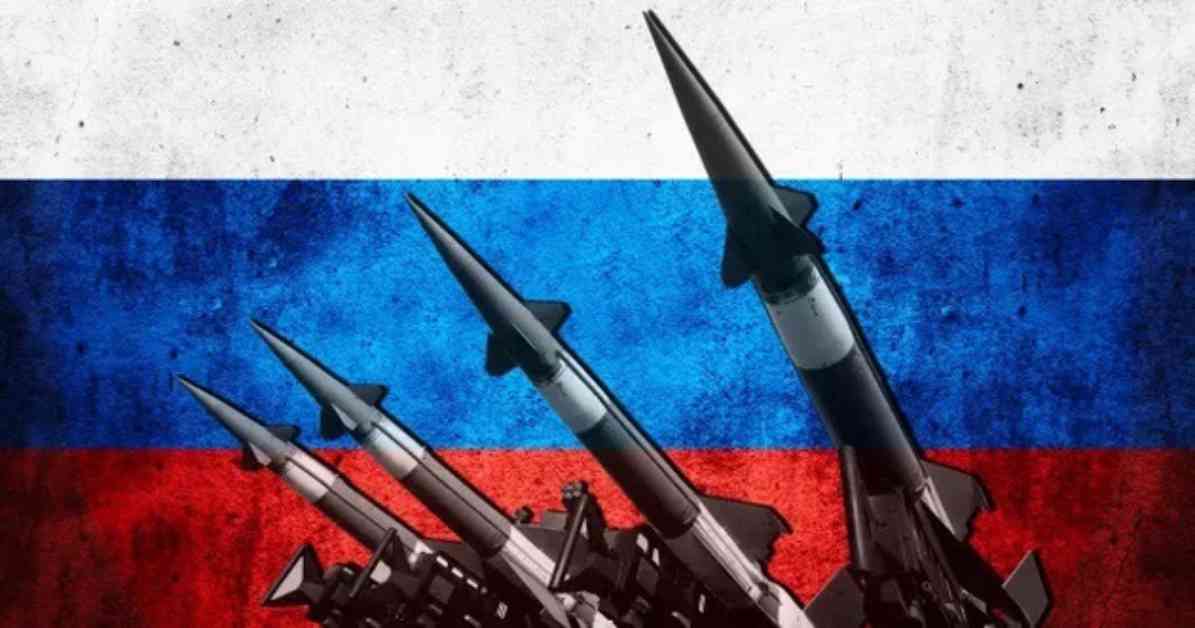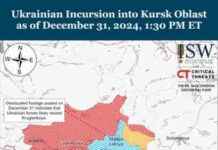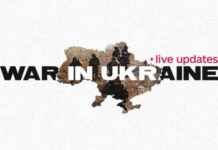Record High Russian Threat Index: A Deep Dive into the Escalating Tensions
In September 2024, the Russian Threat Index (RTI) hit a record high since the full-scale invasion of Ukraine began, reaching 120 points. This marked a significant 40% increase compared to the previous peak in October 2022. The RTI, calculated by OpenMinds, measures the frequency and types of threatening statements made by Russian officials and distributed in pro-Kremlin media. The data spans from January 1, 2021, to November 30, 2024, with a baseline index value of 100 set in January 2022 before the invasion.
The Rise of Aggressive Rhetoric
During September 2024, there were 11 unique threatening statements, averaging one threat every three days. These threats predominantly consisted of nuclear and military implications. State Duma Speaker Vyacheslav Volodin referenced Russia’s possession of “more powerful weapons” and their capability to reach Strasbourg, France. Dmitry Medvedev warned of dire consequences for Ukraine’s allies, depicting a grim scenario of reduced existence to mere “wet spots.” The discussions around Russia’s updated nuclear doctrine intensified, with Kremlin spokesperson Dmitry Peskov signaling it as a warning to unfriendly nations.
Analysis of Threat Categories
The threats issued by Russian officials can be classified into five distinct categories:
1. Abstract threats: vague statements about “red lines” or necessary measures without specificity.
2. Diplomatic actions: calls for boycotts or diplomatic relations’ severance.
3. Economic retaliation: responses to imposed sanctions by Western countries.
4. Military threats: troop movements, displays of non-nuclear weapons, and military exercises.
5. Nuclear threats: missile tests, updates on nuclear doctrines, and relocation of nuclear weapons.
Evolution of Threats Over Time
The nature of Russian threats has evolved over the years, shifting towards more “material” forms. In 2022, abstract threats constituted 48% of all threats, accompanied by nuclear strike warnings. By 2023, the share of abstract threats decreased to 27%, with military and nuclear threats rising to 48%. In 2024, the trend continued, with military and nuclear statements increasing to 54%, while abstract threats remained stagnant.
Key Figures Driving Threats
When analyzing the distribution of threats among key speakers, President Vladimir Putin emerged as the primary source, accounting for 30% of all threats issued. Foreign Minister Sergey Lavrov (14%) and Deputy Chairman of the Security Council Dmitry Medvedev (12%) followed closely. Putin predominantly issued abstract threats, while Medvedev showcased radical rhetoric concerning nuclear escalation.
Implications of NATO’s Role
Russian officials frequently highlight NATO’s involvement, portraying Western weapon supplies as provocations dragging Ukraine’s allies into direct conflict. This narrative has intensified in recent years, with NATO featuring prominently in Defense Ministry briefings and propaganda stories. The portrayal of NATO as a potential threat aligns with Russia’s efforts to construct an “external enemy” image.
The Human Side of the Story
As tensions escalate between Russia and the West, the impact on civilians and geopolitical stability cannot be understated. Each threatening statement carries the weight of potential conflict and upheaval, leaving communities on edge. It’s essential to recognize the human cost of political posturing and prioritize diplomacy over aggression to ensure a peaceful resolution for all parties involved.
In conclusion, the surge in Russian threats reflects a complex interplay of political dynamics and strategic positioning. By understanding the nuances of these threats and the key figures driving them, we can better navigate the intricate landscape of international relations and strive for peaceful resolutions amidst escalating tensions.

















